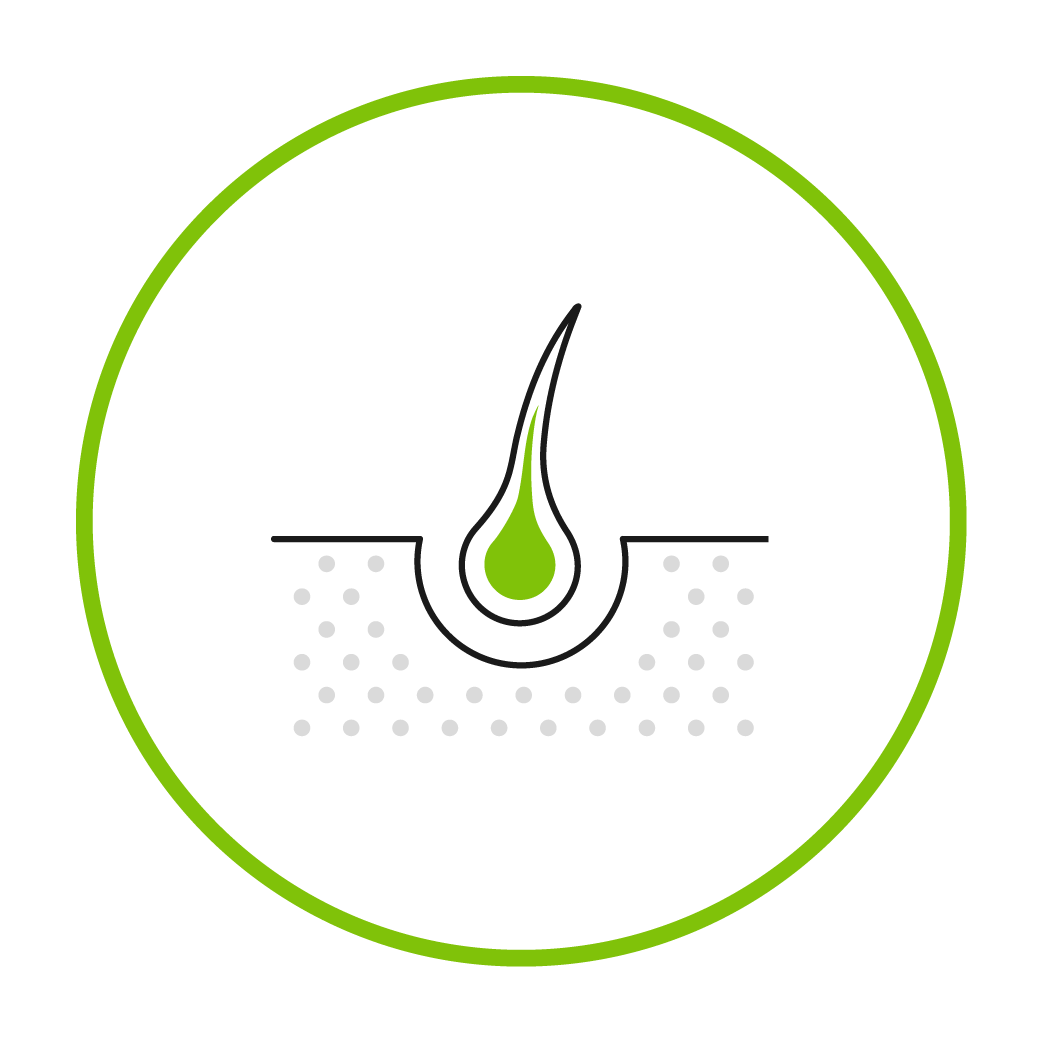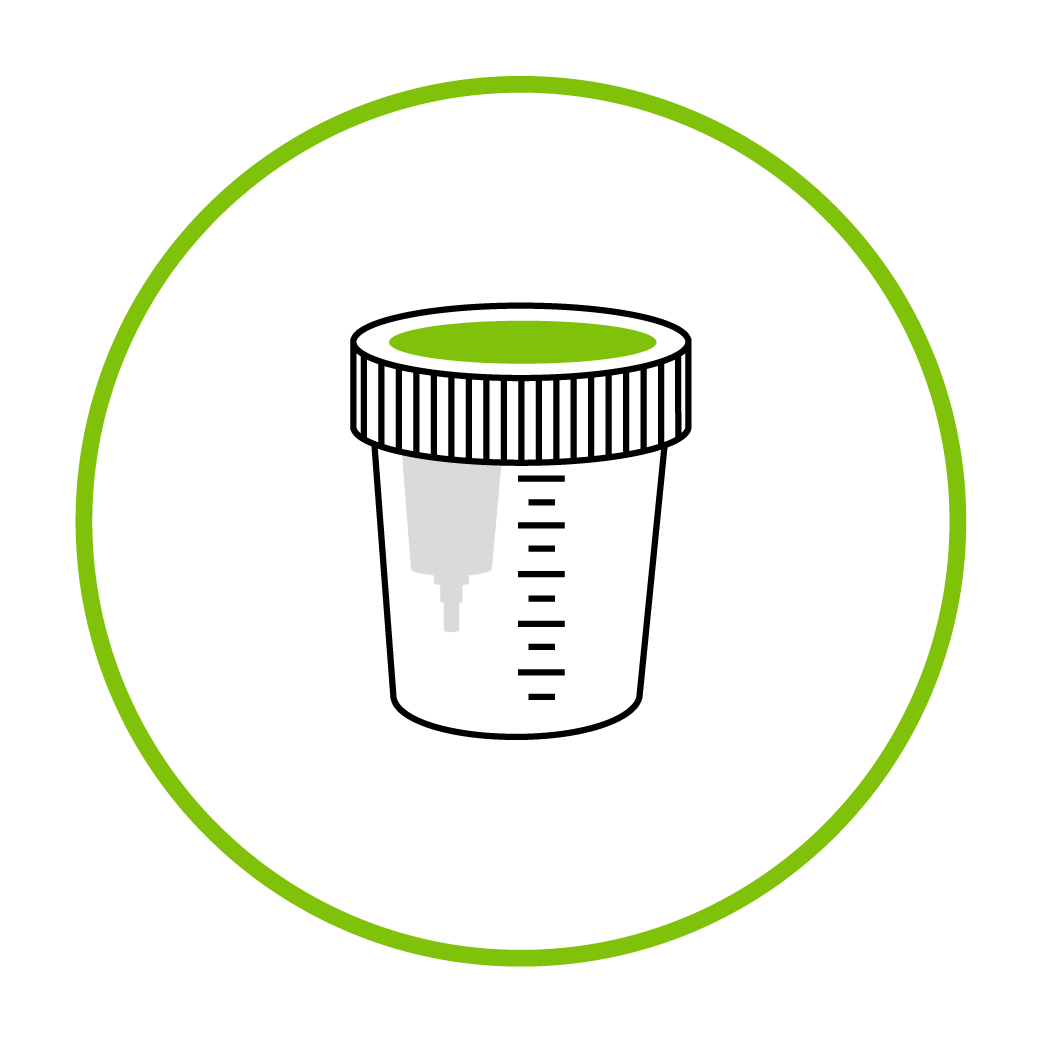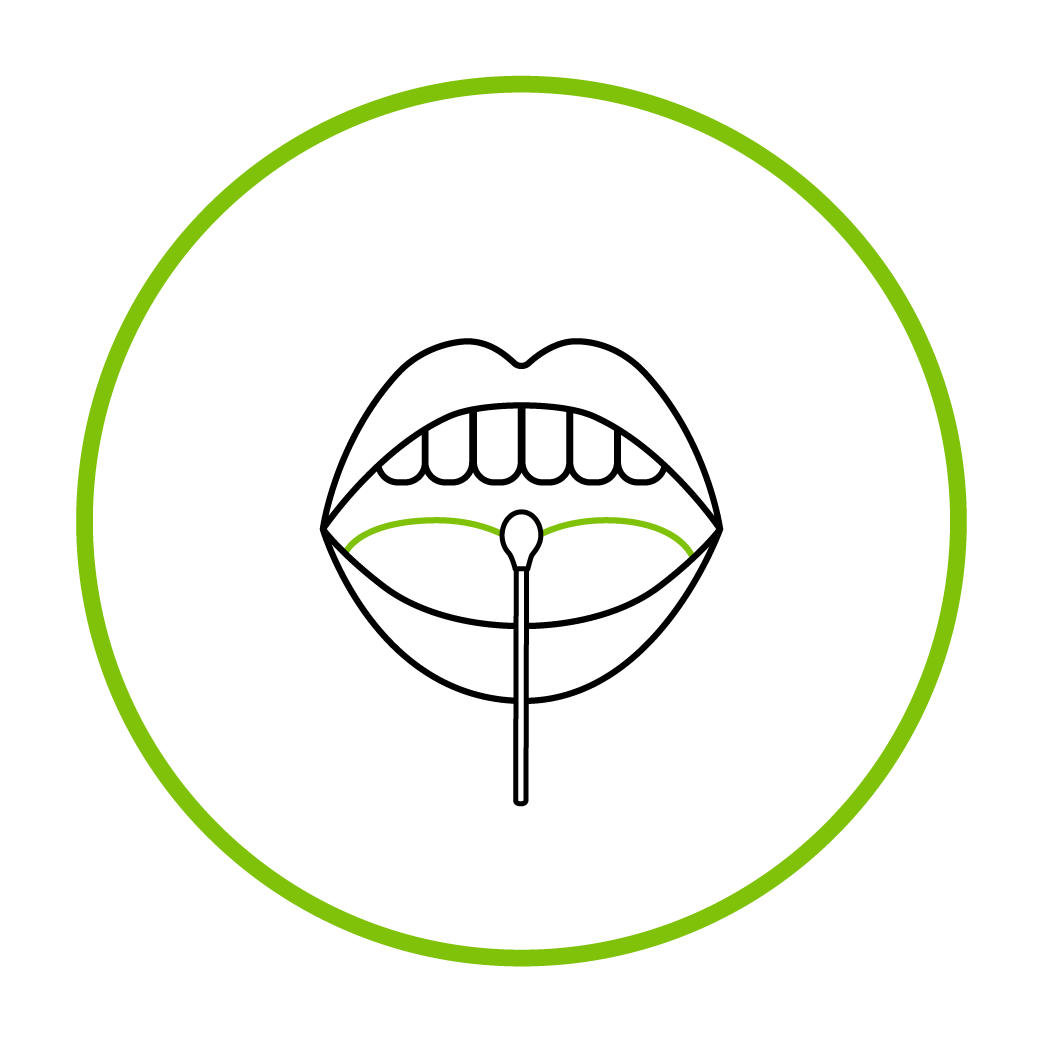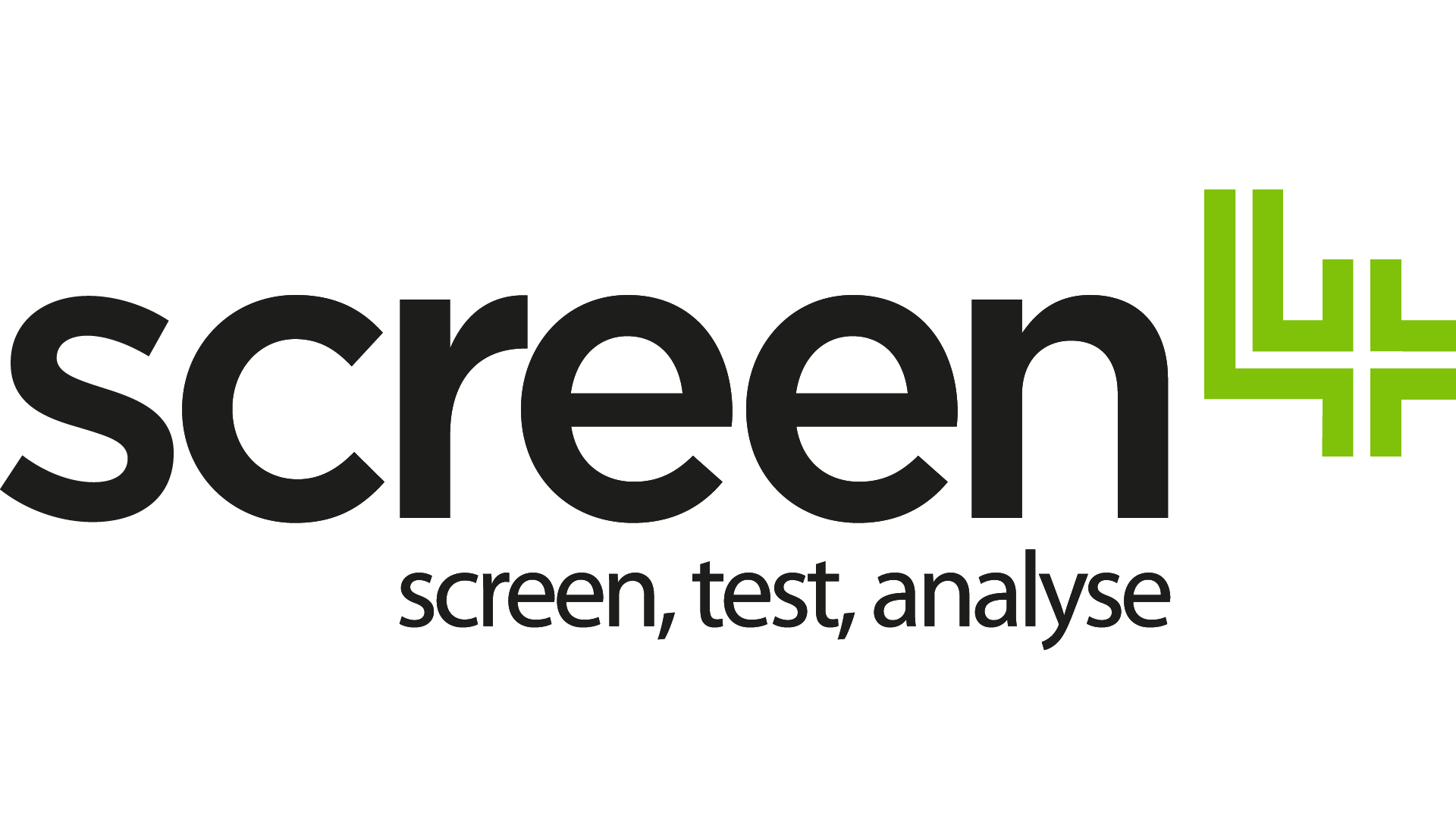A Guide to Workplace Drug Testing Methods: Exploring Different Options
Maintaining a drug-free workplace is crucial for promoting safety, productivity, and overall well-being. One key aspect of this effort is implementing effective drug testing methods. In this blog post, we will explore different testing options, including sweat testing, hair testing, urine testing, and oral fluid testing. By understanding the benefits and limitations of each method, organisations can make informed decisions when designing their drug testing programs.

Sweat Testing
Sweat testing is a non-invasive method that eliminates the need for invasive measures like blood draws. It allows for observed sample collection, ensuring authenticity and minimizing concerns about tampering. However, it is important to note that sweat testing has a limited substance panel compared to other methods, making it essential to carefully consider specific testing needs.

Hair Testing
Hair testing is an evidential test that delivers a comprehensive overview of an individual's substance use. It can be broken down into a monthly report, providing a detailed analysis. However, this method requires an invasive sample collection process, which might raise concerns. Additionally, hair testing primarily identifies regular and consistent substance use, making it less suitable for detecting occasional or isolated drug use.

Urine Testing
Urine testing offers an extended panel of substances, enabling a comprehensive assessment of an individual's drug use. It also provides a longer window of detection compared to other methods. However, logistical challenges may arise as additional facilities are required for sample collection and analysis. The invasive nature of urine testing and privacy concerns for individuals should also be taken into account.

Saliva Testing
Oral fluid testing, also known as saliva testing, is a recognised and evidential method that delivers reliable results. It is a non-invasive process that allows for observed sample collection, enhancing the validity of results. However, it's important to note that oral fluid testing has a limited window of detection compared to other testing options. Substance use from further back in time might not be identified, emphasizing the need to consider specific testing requirements.
When it comes to workplace drug testing, organisations have various methods to choose from, each with its own set of advantages and limitations. Contact us today to discuss your requirements:



